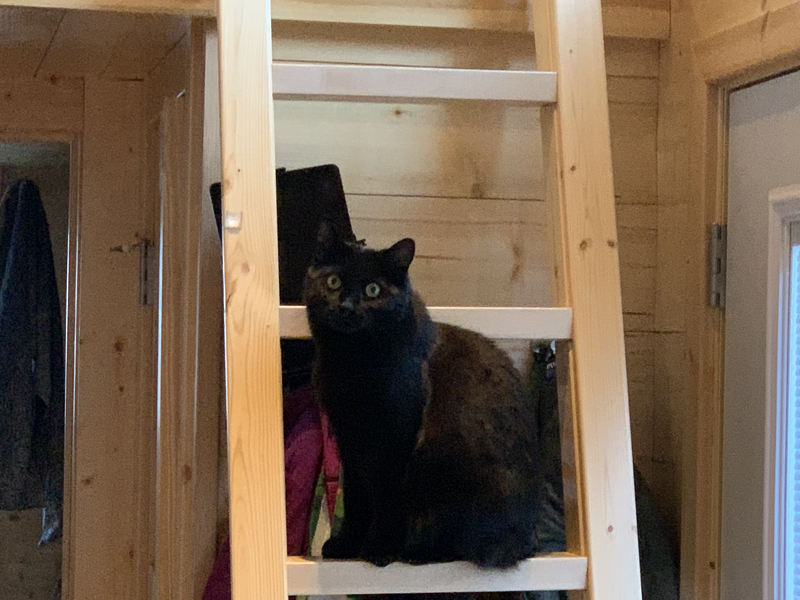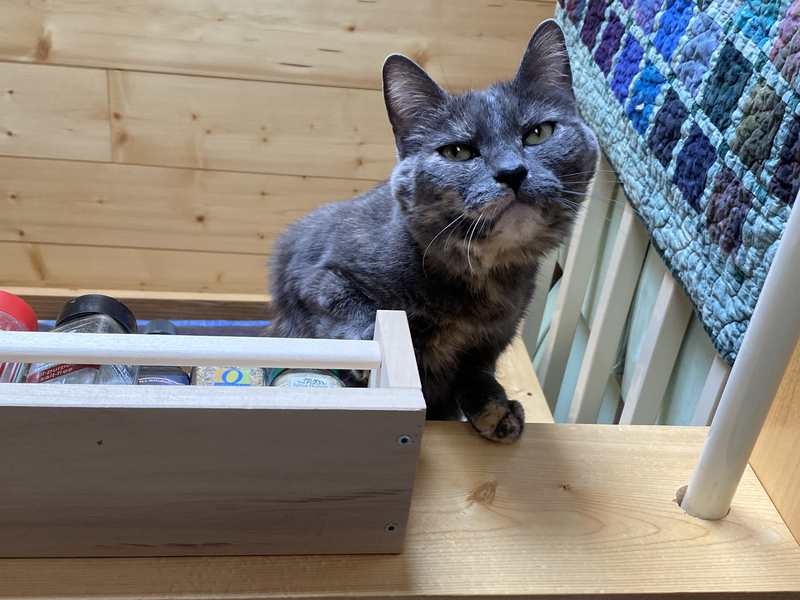Social media, as it’s called nowadays, hasn’t been fun in a long time, and I haven’t participated in a long time because of that. I used newsnet quite a bit back in the day (you can still find lots of my old posts on comp.sys.hp48), and of course, I’ve used IRC as well. I even had myspace and facebook pages at one time, awful though those websites are.
But, with the recent apparent implosion of twitter (the eternal flames of its dumpster fire are burning ever brighter as I type), usage of the fediverse finally seems to have finally taken off. I’ve long looked at the twitter pages of lots of science fiction authors to keep up to date with their work and get recommendations, and so will naturally follow them into the fediverse.

Like most normal people, rather than just get an account with one of the many, many instances that have cropped up, I chose instead to set up my own. Here, then, are some notes about how I’ve gone about it (not exhaustive — if you want that, just send me a note and I can provide more pointers).
I’ve run our mail server for many years, first on a shared server, and later, when other users on the same server turned into spambots and my mails stopped getting delivered, I got a virtual server with RootBSD (now NetActuate). At the time, they were one of the very few offering instant provision of OpenBSD, and they’ve been an absolutely fantastic provider ever since.
Aside from mail, I also run a variety of web services, from WordPress (this blog!) to cgit and a few others besides. All of those run behind OpenBSD’s httpd.

Given that I’m not using a dedicated server for it, running Mastodon was a non-starter. It’s written in Ruby, which would mean I would need to add support for another scripting language; and I understand it can be pretty resource-intense, and I don’t want to adversely affect the other services on the machine. I chose, instead, to use GoToSocial, a still under heavy development, but much lighter-weight server. Aside from some not-yet developed functionality, the only real downside is it doesn’t have its own user interface, and that just isn’t a big deal.
The configuration I decided on was:
- Subdomain for gotosocial (
magpie.rockgeeks.net) gotosociallistening on127.0.0.0port4444relaydlistening on0.0.0.0and::port443(HTTPS)httpdlistening on0.0.0.0and::port80(HTTP) and127.0.0.1port4443(“HTTPS”)
relayd forwards HTTPS traffic either to gotosocial or to httpd, depending on the Host header. httpd itself will redirect to magpie using HTTP 302 for certain well-known paths (webfinger and nodeinfo) — this is how we can have @rockgeeks.net usernames even though our instance is on a subdomain.
relayd.conf
# Macros to make the below a little easier to read
ext_addr="0.0.0.0"
ext_addr6="::"
tls_port="443"
httpd_port="4443"
gotosocial_port="4444"
# Sets of hosts for redirecting
table <gotosocial> { 127.0.0.1 }
table <httpd> { 127.0.0.1 }
# Protocol definition for our relays
# This has access to the HTTP headers
http protocol https {
return error
http websockets
# ... various other rules
match request header set "Connection" value "upgrade"
pass request quick header "Host" value "magpie.rockgeeks.net" forward to <gotosocial>
pass request quick header "Host" value "rockgeeks.net" forward to <httpd>
pass request quick header "Host" value "www.rockgeeks.net" forward to <httpd>
# ... other subdomains
}
# IPv4 relay
relay https {
listen on $ext_addr port $tls_port tls
protocol https
forward to <gotosocial> port $gotosocial_port
forward to <httpd> port $httpd_port
}
# IPv6 relay
relay https6 {
listen on $ext_addr6 port $tls_port tls
protocol https
forward to <gotosocial> port $gotosocial_port
forward to <httpd> port $httpd_port
}
httpd.conf
# Main website config (HTTP)
server "rockgeeks.net" {
listen on * port 80
alias "www.rockgeeks.net"
location "/.well-known/webfinger" {
block return 302 "https://magpie.rockgeeks.net$REQUEST_URI"
}
location "/.well-known/nodeinfo" {
block return 302 "https://magpie.rockgeeks.net$REQUEST_URI"
}
# ... other directives
location * {
root "/rockgeeks.net"
}
}
# Main website config (HTTPS)
server "rockgeeks.net" {
listen on 127.0.0.1 port 4443 # https via relayd
# no "well-known" paths here, relayd will have handled them already
# ... other directives
location * {
root "/rockgeeks.net"
}
}
# ActivityPub subdomain, but HTTP, so just redirects
server "magpie.rockgeeks.net" {
listen on * port 80
location "*" {
block return 302 "https://$HTTP_HOST$REQUEST_URI"
}
}
# There is no HTTPS entry for magpie.rockgeeks.netThere’s a bunch more stuff in the real httpd.conf, e.g. ACME paths for certificates, other subdomains, etc., but this is the relevant bit.
gotosocial.yaml
# The host/account-domain pair enables our usernames to just be @rockgeeks.net
# even though the server is running only on this subdomain
host: "magpie.rockgeeks.net"
account-domain: "rockgeeks.net"
# It's actually using HTTP, but this is used to generate URLs by the server
protocol: "https"
# Only listening locally, relayd handles the redirection
bind-address: "127.0.0.1"
port: 4444
There’s plenty more here as well, but the above is the most relevant.

Now that it’s up and running, you can find us on the fediverse at @jon@rockgeeks.net and @robin@rockgeeks.net

Lisa Simpson: “Want to come with me and Allison to play anagrams? We take names and rearrange the letters to form a description of that person.” = Jon: “Check out my Fediverse.”
Ralph Wiggums: “My cat’s breath smells like cat food.” = Amy
🙂
Ha ha! Nerdalert 8<:-)